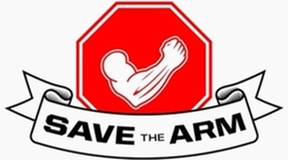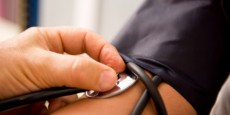1. Develop registries of all patients with CKD, lymphedema or other conditions where arm protection is desired. Use Save the Arm resources to spread the message to those for whom you provide services.
2.Provide Save the Arm patient education resources to all clinicians, nurses, phlebotomists and medical personnel who work with your beneficiaries.
3. Sponsor and support the use of physical devices consistently in all clinical settings such as Save the Arm “Alert” Safety Tape and Save the Army “Alert” Safety Sleeves, to alert staff and reinforce patient education.
4. Provide educational materials such as Save The Arm education materials or other materials to patients with CKD, lymphedema, or other conditions where arm protection is desired, consistently at each office visit or hospitalization.
5. Measure compliance with the use of physical devices and the distribution of educational materials over time and attach to outcome measures. For example, measurement of process measures includes things like the percentage of patients with CKD, lymphedema, and other conditions where protection of an arm is desired, who received educational materials and physical protective devices each time they presented to a medical facility. An outcome measure, might be the number of patients who suffered preventable injury due to undesired IV access, PICC line placement and/or trauma or injection to an arm that should have been protected.
6. Inspire will and action by telling patient stories of success and as well where success did not occur to educate and build will among clinical and management staff for arm protection and partner with patients with CKD, lymphedema, and other conditions where protection of the arm is desired, to help reinforce clinical behaviors.
7. Tie credentialing and payment for injections, phlebotomy, PICC line placement, IV access to the use of safety protocols, checklists, and certified proficiency in these areas. Consider non-payment for never events.
8. Discuss arm protection and develop appropriate strategies with risk management, quality improvement and leadership to assure that arm protection is an institutional prerogative.
9. Create a learning culture of reporting misses and near misses. Ideally this culture should focus on understanding and improving the system and should not concentrate on assigning blame. Near misses in particular should prompt careful and rapid reassessment of a healthcare organizations process stability.
10. Make public the results of process improvement efforts in arm preservation, and make all elements of an organization aware of how highly reliable process measures lead to more reliable and successful outcome measures.
11.Form alliances with groups such as the National Kidney Foundation, Fistula First and the National Lymphedema Network to further the mission of preventable upper extremity injury.



